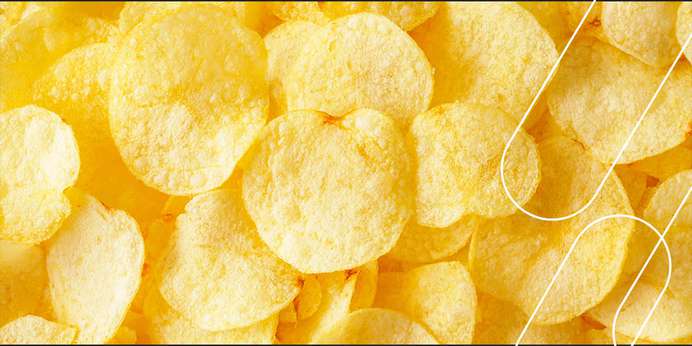
Color quality and consistency are vital for potato chips, impacting their appeal to consumers in a competitive market. The visual color standards reference chart for potato chips was developed to improve color accuracy by illustrating chips ranging from light to dark. However, visual color analyses are often inaccurate due to their subjectivity. Luckily, you can achieve precise color measurements with spectrophotometers.
Flaws of Color Reference Charts for Potato Chips
The potato chip color reference chart is fully based on visual perception, which varies drastically from person to person due to:
Observer sensitivity: Color appears differently to each person based on their natural eye sensitivity. As a result, some people see colors more vividly than others.
Lighting: Objects can look different under various light sources, which greatly impact color.
Age: Human color perception fades with age, meaning someone in their 20s will likely see a potato chip differently than someone in their 70s.
Retinal fatigue: The longer a person focuses on an object, the more their eyes strain, resulting in incorrect color perception.
Object background: An object's background can impact how we view the sample due to the contrast between them.
Color memory: Our brains use our previous experiences and expectations to identify colors, which often hinders our ability to see them correctly. For example, someone may identify an orange banana as yellow because they expect bananas to be yellow.

